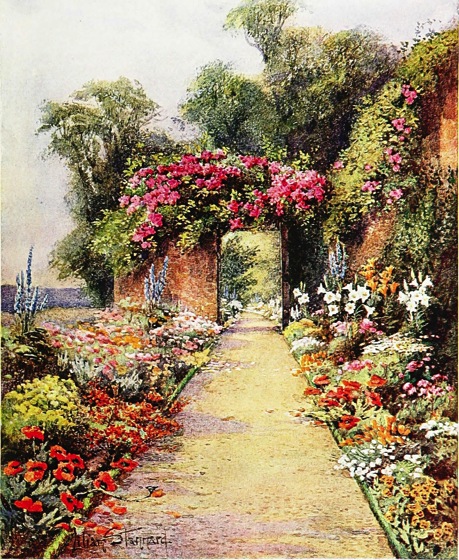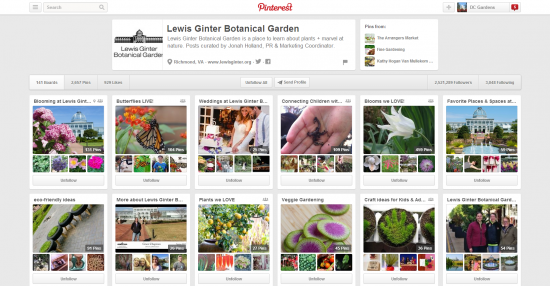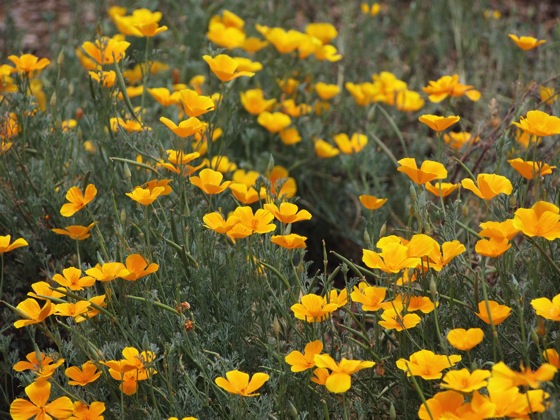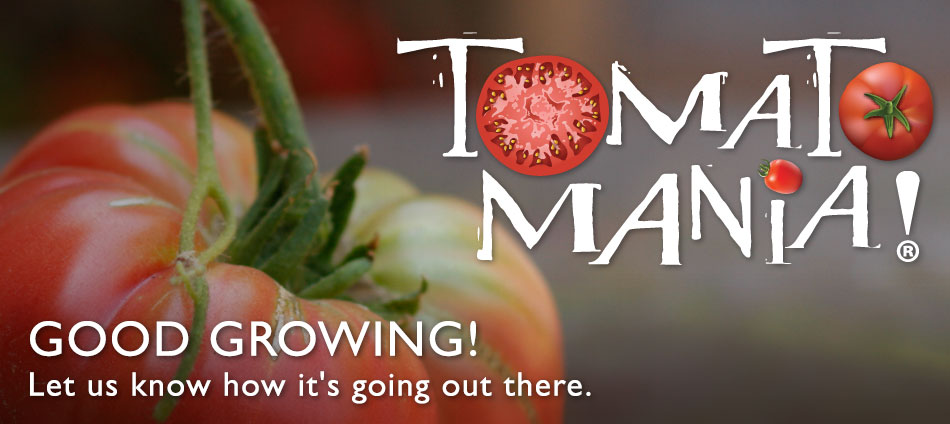Flowering Now: Sunflowers (Helianthus)
Flowering today (Tuesday, July 18, 2017) in the neighborhood.
I love sunflowers, but I don’t have enough open space in the sun to get a huge show like our neighbor. At least I can enjoy these during my neighborhood walks, though.
Photo: Douglas E. Welch, A Gardener’s Notebook
Helianthus or sunflowers (from the Greek: ήλιος, Hēlios, “sun” and ανθός, anthos, “flower”) L. /ˌhiːliˈænθəs/[2] is a genus of plants comprising about 70 species[3] in the family Asteraceae.[4] The genus is one of many in the Asteraceae that are known as sunflowers. Except for three species in South America, all Helianthus species are native to North America. The common name, “sunflower”, typically refers to the popular annual species Helianthus annuus, or the common sunflower, whose round flower heads in combination with the ligules look like the sun.[5] This and other species, notably Jerusalem artichoke (H. tuberosus), are cultivated in temperate regions as food crops for cattle and poultry and ornamental plants.[6] The largest sunflower field is located in Tuscany, Italy. [7]
The domesticated sunflower, H. annuus, is the most familiar species. Perennial sunflower species are not as popular for gardens due to their tendency to spread rapidly and become invasive. Whorled sunflowers, H. verticillatus, were listed as an endangered species in 2014 when the U.S. Fish and Wildlife Service issued a final rule protecting it under the Endangered Species Act. The primary threats are industrial forestry and pine plantations in Alabama, Georgia, and Tennessee. They grow to 1.8 m (6 ft) and are primarily found in woodlands, adjacent to creeks and moist, prairie-like areas.[8] — Wikipedia.org
More information on Helianthus:
* A portion of each sale from Amazon.com directly supports our blogs
** Many of these books may be available from your local library. Check it out!





